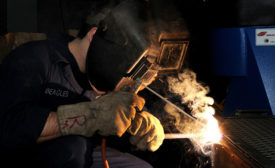Safety & Health Best Practices
A NIOSH Science Blog post
It’s National Bosses Day. Who is your dream boss?
October 16, 2019
States use training, videos, WaterSense program to improve water conservation efforts
Widespread shortages expected
October 7, 2019
Become a Leader in Safety Culture
Build your knowledge with ISHN, covering key safety, health and industrial hygiene news, products, and trends.
JOIN TODAYCopyright ©2025. All Rights Reserved BNP Media.
Design, CMS, Hosting & Web Development :: ePublishing








